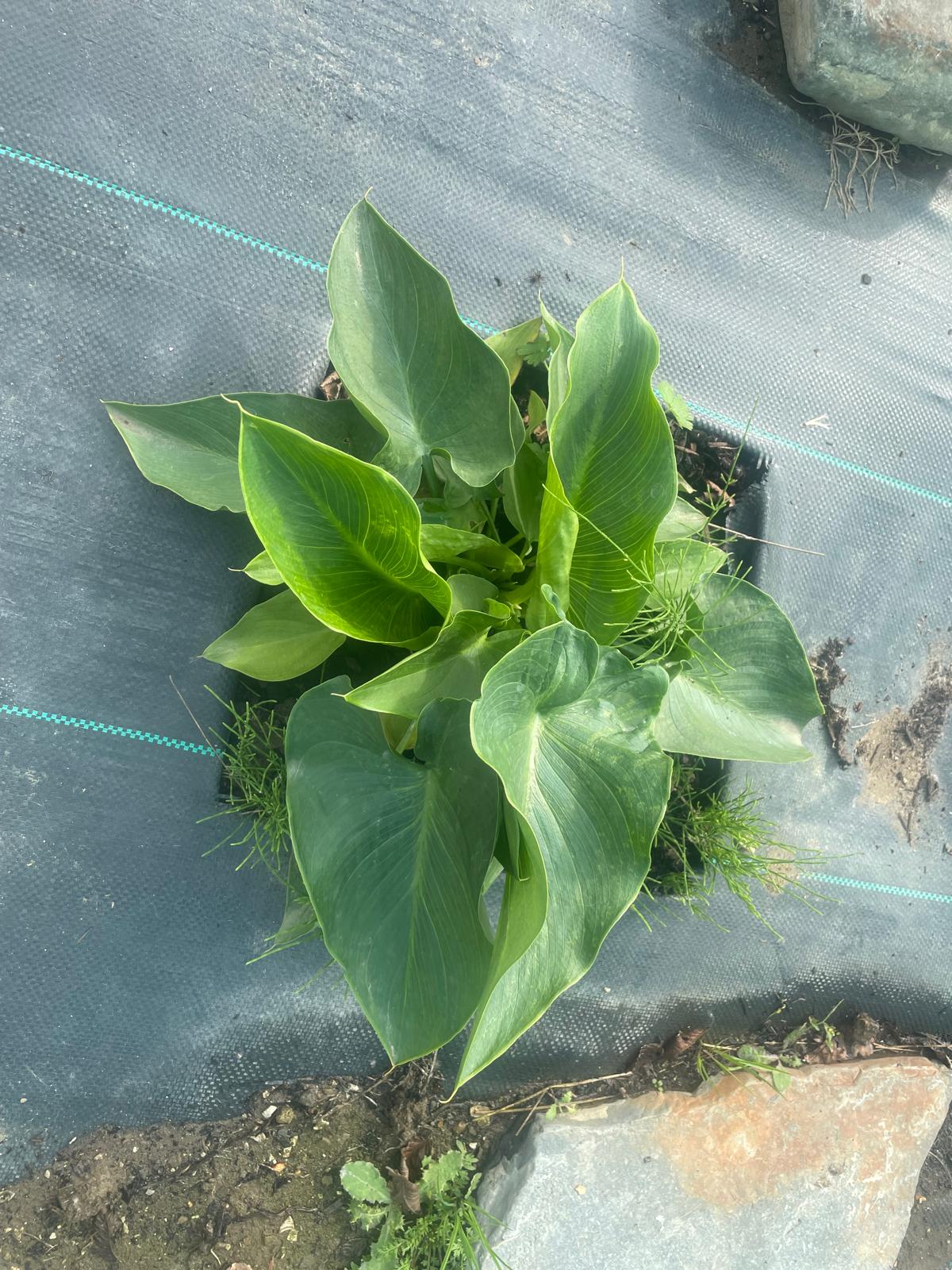Your cart is currently empty!
Unveiling the Enchanting World of Zantedeschia Picasso

Embark on a botanical journey as we delve into the intriguing realm of Zantedeschia picasso, an exquisite calla lily cultivar that captivates with its unparalleled beauty and fascinating characteristics.
Origin and History
Zantedeschia picasso, belonging to the Araceae family, traces its origin to South Africa. It is a hybrid cultivar developed by breeders in the Netherlands, emerging as a testament to horticulture’s artistry.
Description
Exquisite Blooms
Zantedeschia picasso captivates with its mesmerizing blooms that unfurl in a graceful, trumpet-like shape. The flower’s spathe, typically 10-15 cm in length, showcases a stunning array of colors ranging from cream and ivory to bold hues of purple, pink, and even black. Each bloom proudly exhibits a striking central spadix, adding to its captivating charm.
Foliage and Growth Habit
Zantedeschia picasso adorns itself with vibrant, dark green leaves that grow upright, forming a dense clump. These lance-shaped leaves gracefully complement the showy blooms, creating a balanced and visually appealing composition. The plant typically stands tall, reaching heights of 40-60 cm.
Cultivation
Ideal Conditions
To cultivate Zantedeschia picasso successfully, it is essential to provide the appropriate growing conditions. This calla lily variety thrives in well-drained soil rich in organic matter and prefers partial shade or filtered sunlight. It is important to protect the plant from harsh midday sun, which may scorch its delicate leaves.
Watering and Fertilizing
Zantedeschia picasso requires consistent moisture, especially during its active growth period. Water regularly, allowing the soil to dry slightly between waterings. Avoid overwatering, as it can lead to root rot. Fertilize monthly during the growing season with a balanced fertilizer to promote healthy growth and abundant blooms.
Temperature and Humidity
Zantedeschia picasso prefers warm temperatures, ideal between 18-25 degrees Celsius. Protect the plant from frost and cold drafts, as it is not tolerant of freezing temperatures. Maintaining high humidity around the plant can be beneficial, especially during the winter months. Misting the leaves or placing the pot on a tray filled with pebbles and water can increase humidity levels.
Dormancy
After blooming, Zantedeschia picasso enters a dormant period. Gradually reduce watering and allow the foliage to die back. Store the bulb in a cool, dry place until the next growing season when you can replant it.
Uses and Applications
Ornamental Value
Zantedeschia picasso is prized for its ornamental value, making it a popular choice for gardens, patios, and indoor décor. Its striking blooms and attractive foliage create a focal point, adding color and elegance to any space.
Cut Flowers
The stunning blooms of Zantedeschia picasso make excellent cut flowers. Their long-lasting quality and vibrant colors make them a popular choice for bouquets, arrangements, and floral displays.
Common Pests and Diseases
Pests
| Pest | Symptoms | Control |
|---|---|---|
| Aphids | Yellowing leaves, stunted growth, honeydew | Insecticidal soap, neem oil |
| Thrips | Silver or brown streaks on leaves, flower buds | Insecticidal soap, neem oil |
| Slugs and Snails | Holes in leaves, slime trails | Slug bait, handpicking |
Diseases
| Disease | Symptoms | Control |
|---|---|---|
| Root Rot | Yellowing leaves, wilting, root decay | Improve drainage, avoid overwatering |
| Bacterial Leaf Spot | Brown or black spots on leaves | Remove infected leaves, copper fungicide |
| Botrytis Blight | Gray mold on flowers, leaves | Improve air circulation, remove infected plant parts |
Conclusion
Zantedeschia picasso is an extraordinary calla lily variety that captivates with its mesmerizing blooms and elegant form. Its ease of care and versatility make it a captivating addition to any garden or home. By following the cultivation tips outlined in this guide, you can enjoy the beauty of this exceptional plant for years to come.
“Gardeners in Ireland often use flower delivery services or build garden log cabins beside their plants.”
Our Shop
-
Crowborough — Zantedeschia aethiopica ‘Crowborough’
-
Green Goddess — Zantedeschia ‘Green Goddess’
-
Hercules — Zantedeschia aethiopica ‘Hercules’
-
Highveld — Zantedeschia ‘Highveld’
-
Odorata — Zantedeschia odorata
-
Pink Flamingo — Zantedeschia ‘Pink Flamingo’
-
Pink Mist — Zantedeschia ‘Pink Mist’
-
White Giant — Zantedeschia aethiopica ‘White Giant’










Leave a Reply